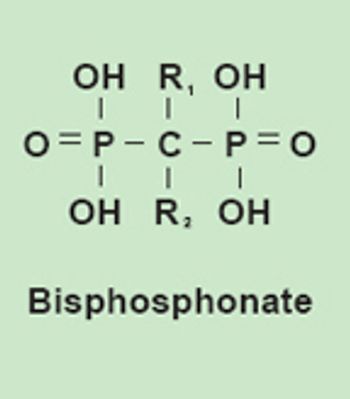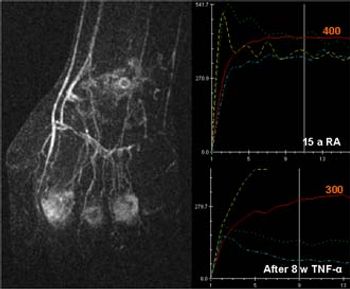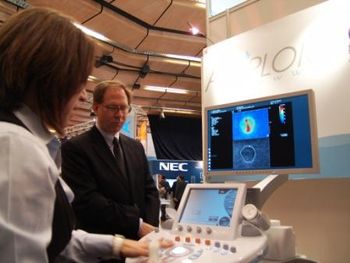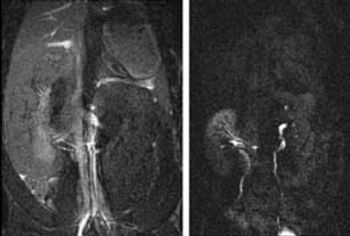
Final results of the prospective French CIRTACI trial are in: contrast media for diagnostic imaging are very safe in general, as long as radiologists are vigilant for patients with allergies, asthma, or previous reactions to contrast agents. The vast majority are more itchy than serious.




